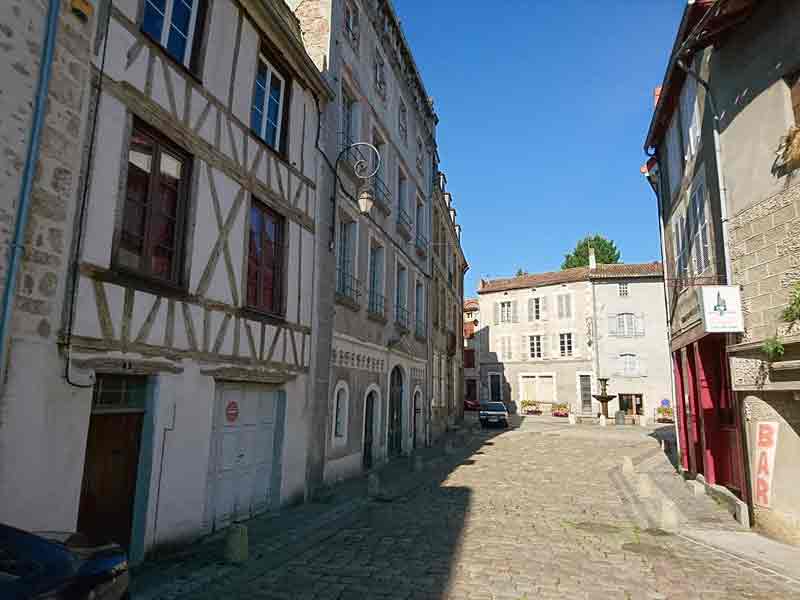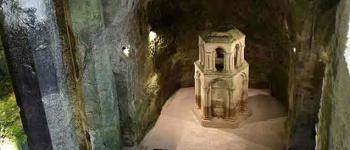
Confolens, a town known since the year 1000, takes its name from the term “Confluence,” which is fitting in more ways than one. It is a confluence of waters, those of the Vienne and Goire rivers, and a cultural confluence between the Occitan and Languedoc languages, among other things.
A bit of history
In the 12th century, fortifications were built to protect the principality from its powerful neighbors: the counts of La Marche and Poitou. In the 16th century, it broke free from the control of Chabanais. The barony it had become was elevated to a county in 1604 by King Henry IV.
In the 17th century, three important religious establishments were built on the outskirts of the then urbanized areas of Confolens: the Récollets convent, the Clarisses convent, and the house of the Sisters of Charity. In 1764, the consulate of Confolens was abolished and replaced by a town hall and aldermen. In 1791, the town became the seat of a sub-prefecture.
A rich heritage
From its medieval period, it has preserved many buildings that can be discovered on foot: the keep, the beautiful half-timbered houses on Rue Pinaguet, Rue des Portes d'Ansac, Rue du Soleil, and more.
Confolens also has two medieval bridges: the Pont-Vieux, which spans the Vienne River and leads to the Fontorse district with its beautiful fountain, and the Pont du Goire, which leads to an old tanners' district.
Guided tours are available as part of the Pays d'Art et d'Histoire du Confolentais program.
Also worth seeing are the Duc d'Epernon house, a beautiful 15th-century half-timbered building, the Commanderie chapel, the churches of Saint-Maxime and Saint-Barthélémy, and the Louis Quériaud mill on the Goire.
Each child receives a free compass at the Tourist Office.
Confolentais Tourist Office
8, rue Fontaine des Jardins,
16500 Confolens
Tel.: 05 45 84 22 22
http://www.mairie-confolens.fr/
Translated with DeepL.com
(free version)






